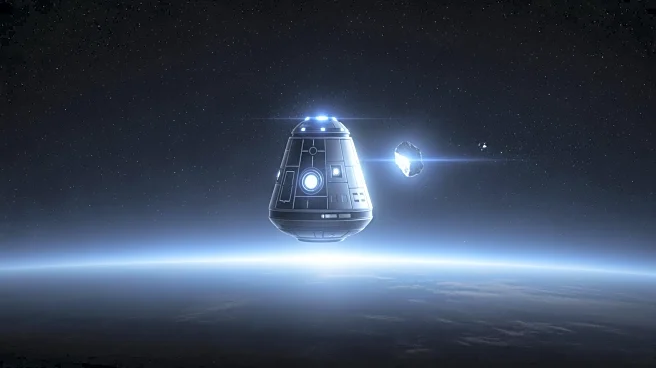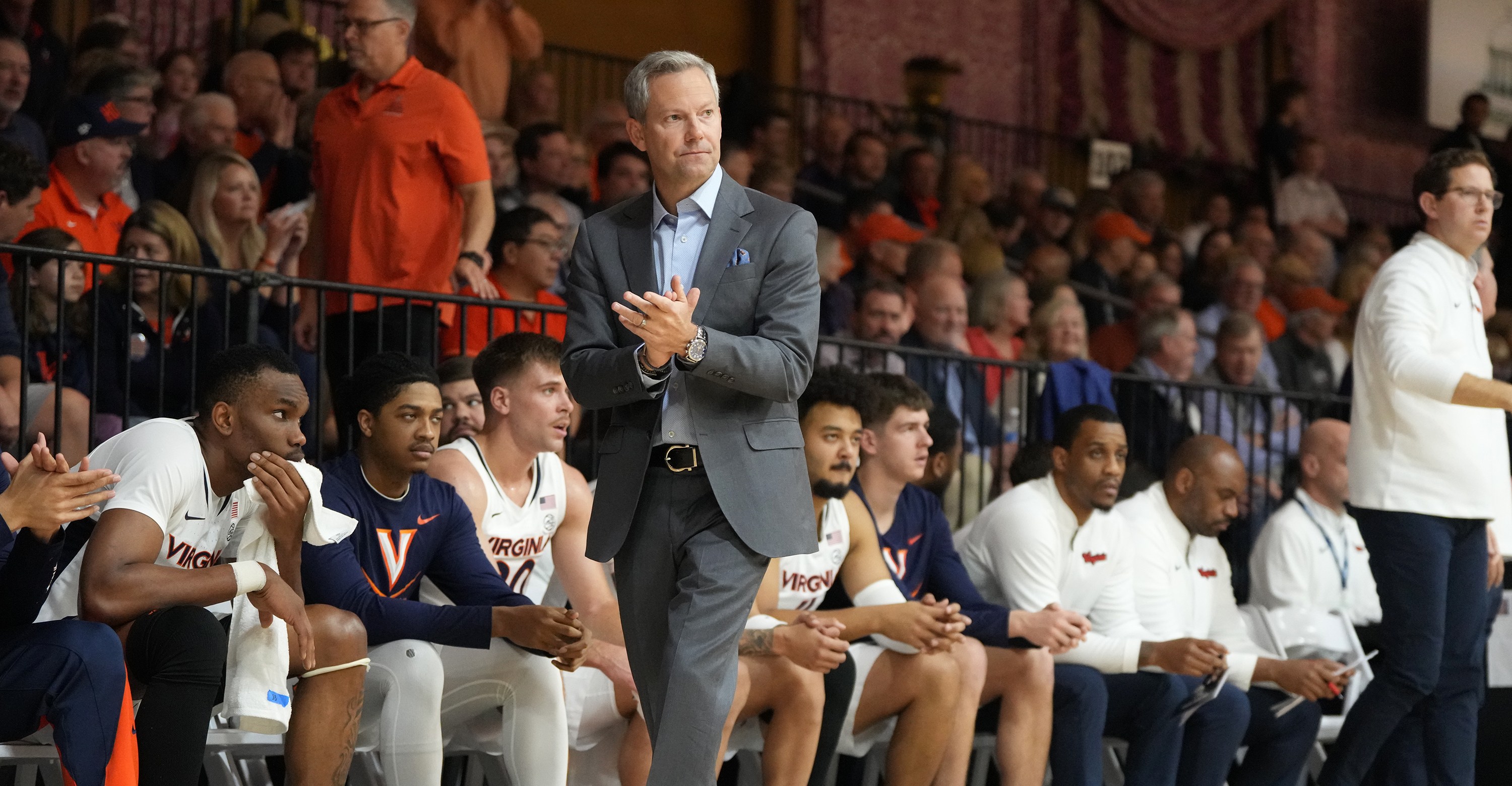What's Happening?
China's Shenzhou 20 spacecraft, part of the Tiangong space station program, experienced a suspected impact from space debris, leading to a cracked window on the crew's return vessel. This incident prompted
Chinese officials to delay the return of the Shenzhou 20 crew, marking the first successful implementation of an 'alternative return procedure.' The crew eventually returned to Earth using a different spacecraft, Shenzhou 21, leaving the original vehicle deemed unsafe for reentry. The event has sparked discussions among experts about the need for a space rescue capability, particularly as private-sector spaceflight grows. Advocates suggest that compatible docking systems and communication protocols are essential for future rescue operations.
Why It's Important?
The incident highlights the increasing risks associated with space debris as more entities engage in space exploration. The need for a coordinated space rescue service is becoming more pressing, especially with the rise of private space missions. Such a service would ensure the safety of astronauts and spacefarers, potentially preventing catastrophic outcomes. The development of compatible systems for docking and communication could facilitate rescue operations, similar to maritime rescue protocols. This situation underscores the importance of international cooperation in establishing standards and procedures for space rescue, which could benefit both governmental and private space missions.
What's Next?
Technicians are preparing the Shenzhou 22 spacecraft for an uncrewed mission to the Tiangong space station, originally scheduled for 2026. This incident may accelerate discussions on establishing a global space rescue capability, involving multiple governments and private companies. The focus will likely be on developing interoperable systems and protocols to ensure the safety of space missions. The global community may need to address the challenges of communication and coordination across different missions and agencies to implement effective rescue strategies.
Beyond the Headlines
The event raises questions about the standards used by China for its spacecraft and docking systems. The lack of communication between U.S. and Chinese space agencies complicates understanding of these standards. The incident also highlights the need for compatible systems not just for docking, but also for spacesuits and communication capabilities. As space exploration becomes more collaborative, the development of universal standards could facilitate safer and more efficient rescue operations, potentially leading to new partnerships and technological advancements.














